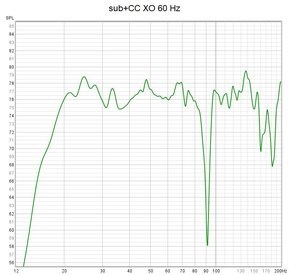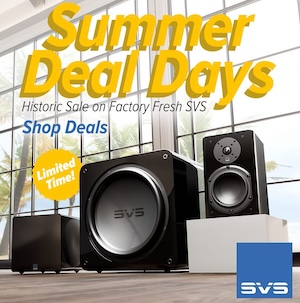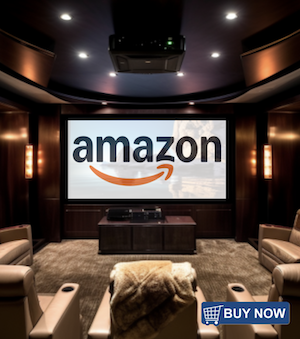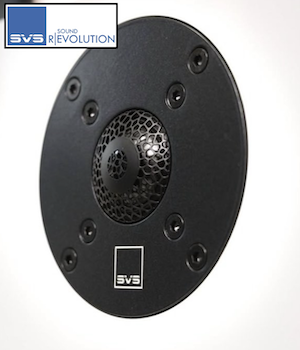jtalden
Senior Member
More
- Preamp, Processor or Receiver
- Marantz AV7705 Pre/Pro
- Main Amp
- VTV 6 chnl NC252MP P-amp x 2
- Additional Amp
- Behringer DCX2496 x 2
- Universal / Blu-ray / CD Player
- OPPO BDP-103 Universal Player
- Front Speakers
- DIY SEAS H1456/H1212 Spkr x 5
- Subwoofers
- DIY JBL 2235H 15" SW x 2
- Screen
- Da-Lite Da-Snap 39105V - 92"
- Video Display Device
- JVC DLA-X790R
SW to SW Timing:
Was the cursor located at a frequency where the where the room modes were quiet? A room mode impacting one of the 2 SWs at the cursor frequency can cause a problem with the alignment tool delay result. Try setting the cursor at frequency below the XO frequency at a location where the SPL and phase are relatively smoothly changing. Avoid a frequency where there is a significant dip in SPL and sudden variation in phase of either of the 2 SWs.
XO timing - SW's to Mains:
The issue is similar, but the cursor must be placed within the XO range. If the modes disrupt the SWs or mains too much in that range it is probably better to set a different XO frequency.
Post the measurements if you want a second opinion on the timing or want us to better understand the problem.
Was the cursor located at a frequency where the where the room modes were quiet? A room mode impacting one of the 2 SWs at the cursor frequency can cause a problem with the alignment tool delay result. Try setting the cursor at frequency below the XO frequency at a location where the SPL and phase are relatively smoothly changing. Avoid a frequency where there is a significant dip in SPL and sudden variation in phase of either of the 2 SWs.
XO timing - SW's to Mains:
The issue is similar, but the cursor must be placed within the XO range. If the modes disrupt the SWs or mains too much in that range it is probably better to set a different XO frequency.
Post the measurements if you want a second opinion on the timing or want us to better understand the problem.
















